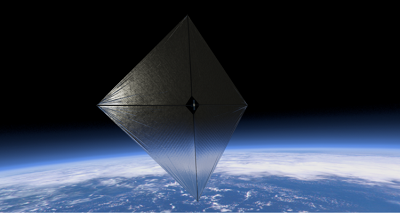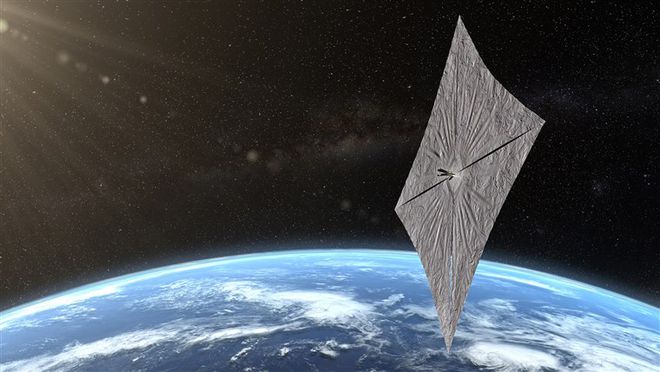A team from NASA’s Langley Research Center and partners from NASA’s Ames Research Center, Nano Avionics, and Santa Clara University’s Robotics Systems Laboratory are developing a mission for the Advanced Composite Solar Sail System (ACS3). A deployable lightweight composite boom and solar sail system, that is, for the first time the composite boom is used for solar sails on the track.
The system is powered by solar energy and can replace rocket propellants and electric propulsion systems. Relying on sunlight provides options that may not be possible for spacecraft design.
The composite boom is deployed by a 12-unit (12U) CubeSat, a cost-effective nano-satellite measuring only 23 cm x 34 cm. Compared with the traditional metal deployable boom, the ACS3 boom is 75% lighter, and the thermal deformation when heated is reduced by 100 times.
Once in space, CubeSat will quickly deploy the solar array and deploy the composite boom, which only takes 20 to 30 minutes. The square sail is made of a flexible polymer material reinforced with carbon fiber and is about 9 meters long on each side. This composite material is ideal for tasks because it can be rolled up for compact storage, but still maintains strength and resists bending and warping when exposed to temperature changes. The onboard camera will record the shape and alignment of the deployed sail for evaluation.
The technology developed for the composite boom for the ACS3 mission can be extended to future solar sail missions of 500 square meters, and researchers are working to develop solar sails as large as 2,000 square meters.
The mission’s goals include successfully assembling sails and deploying composite booms in low orbit to evaluate the shape and design efficacy of the sails, and to collect data on sail performance to provide information for the development of larger future systems.
Scientists hope to collect data from the ACS3 mission to design future systems that can be used for communications for manned exploration missions, space weather early warning satellites, and asteroid reconnaissance missions.
Post time: Jul-13-2021








